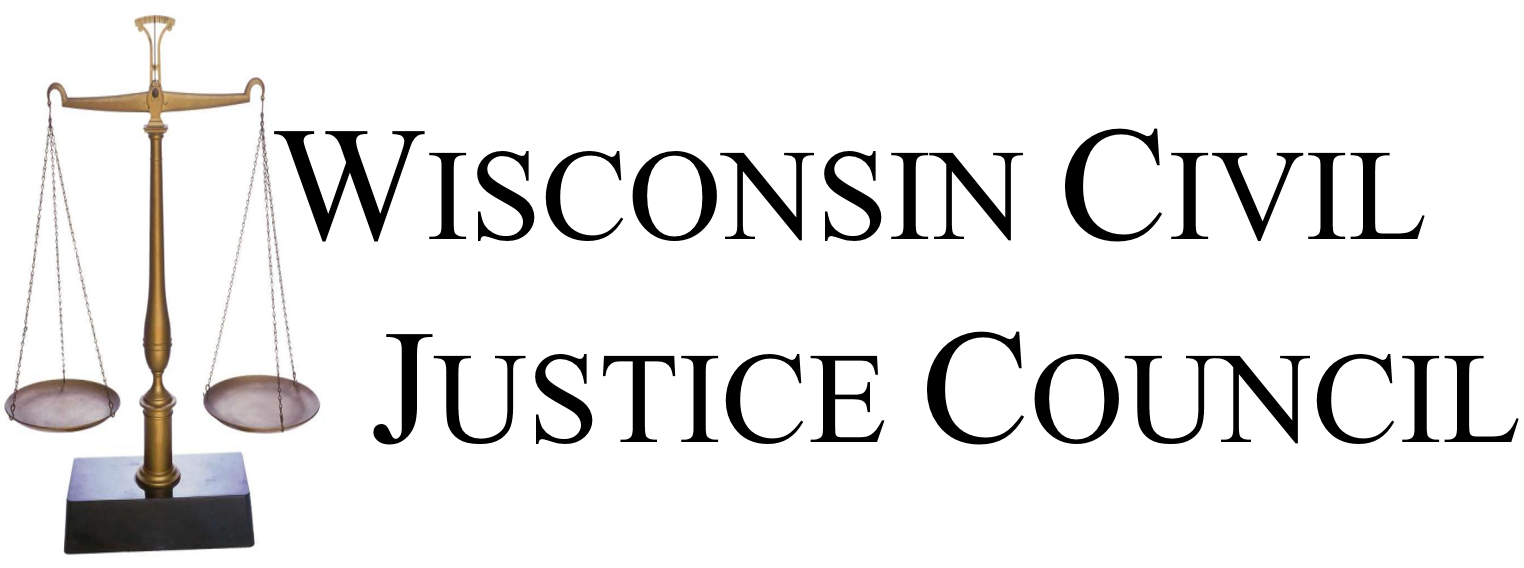In a 4-3 decision authored by Justice Crooks, joined by Justices Roggensack, Ziegler, and Gableman (Chief Justice Abrahamson concurring/dissenting, joined by Justices Bradley and Prosser) the Supreme Court held that a property owner may be held liable for damage caused by an independent contractor hired to perform work on his or her property. The case is Brandenburg v. Briarwood Forestry Services, LLC, 2014 WI 37.
Background
The facts in the case are straight forward. The defendant (Robert Leuthi) hired an independent contractor to spray herbicide on his property. The spraying drifted to the plaintiffs/neighbors’ property, damaging a number of trees. The plaintiffs sued the the property owners for the negligence of the independent contractor. The circuit court ruled in favor of the defendant/employer, while the court of appeals reversed holding that the act of spraying was “inherently dangerous” and thus was an exception to the rule exempting liability of the employer for the actions of an independent contractor.
Wisconsin Supreme Court Decision
The Supreme Court engaged in a lengthy analysis of Wisconsin’s law as it relates to the negligence of independent contractors and the “inherently dangerous” exception. The Court explained the general rule that a principal employer is not generally liable for an independent contractor’s negligence. However, the exception to that rule is that if the independent contractor was performing an “inherently dangerous” activity which caused harm to the plaintiff, the employer (the defendant in this case) could be liable for the independent contractor’s negligence. The Court further explained that the employer can still avoid liability depending on whether the employer exercised “ordinary care.” Therefore, the Court held in this case that the activity of spraying an herbicide could be considered an inherently dangerous activity, yet the employer could still not be liable for the independent contractor’s negligence if it is determined that the employer exercised “ordinary care.” The Court therefore remanded the decision back to the lower court to decide: 1) whether the employer failed to use ordinary care with regard to any danger inherent in the herbicide spraying that he know or had reason to know about, and 2) if so, whether any harm that occurred was caused by the spraying.
Concurring/Dissenting Opinion
The dissent agreed with the majority that the matter was to be remanded to the circuit court to determine whether the independent contractor was negligent in damaging the neighbor’s property. However, the dissent disagreed that the lower court was to decide whether the property owner failed to use “ordinary care” with regard to the activity of spraying the herbicide. Instead, the dissent argued that because it was already determined that the spraying of herbicide was inherently dangerous activity, there was no need to inquire into the property owner’s level of care. According to the dissent, the determination that the activity of spraying herbicide was inherently dangerous means that the employer was automatically liable for the independent contractor’s negligence.
